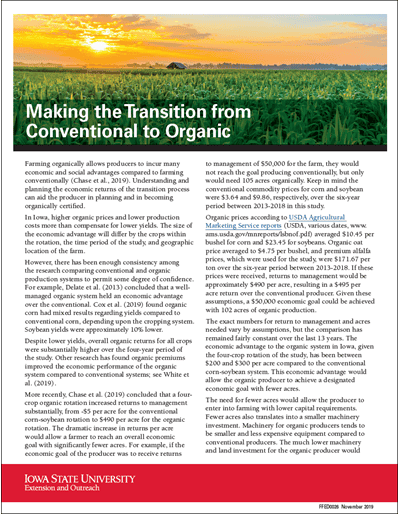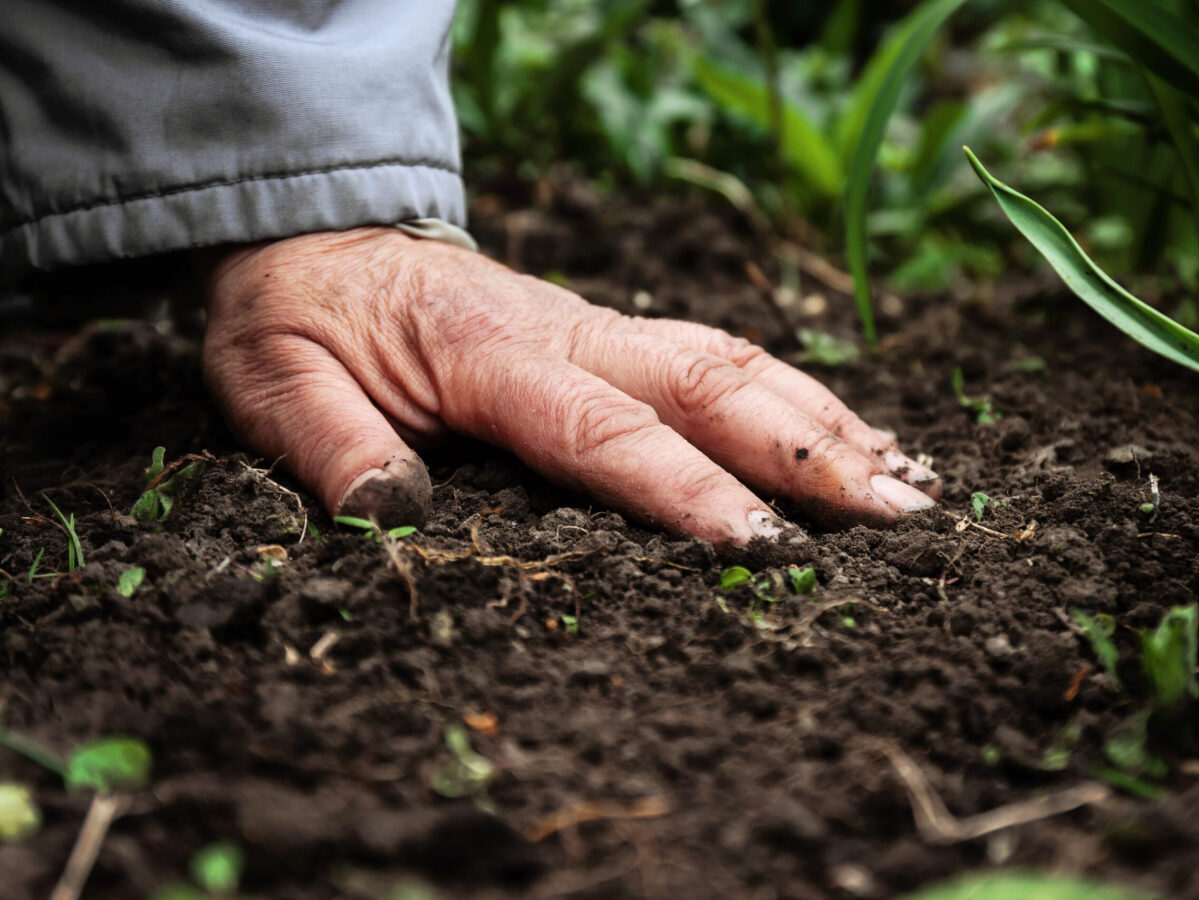Weed Control, Soil Health, and Yield Tradeoffs in Organic Plasticulture Vegetable Production
Project Director: Alyssa Tarrant, Michigan State University
Project Overview
In-row plastic mulch film is a popular tool in many organic and conventional vegetable production systems, as it can be an effective weed and microclimate control mechanism that boosts crop quality and yield. However, covering high percentages of fields with impermeable plastic can also lead to sediment loss, fertilizer/pesticide runoff, and nutrient leaching during rain events.
Planting a living mulch cover crop between rows may offer organic vegetable farmers several environmental benefits, including (1) improvements to soil health, (2) natural weed prevention, and (3) barriers to runoff/leaching. However, previous studies on the use of living mulch cover crops have yielded mixed results, with primary challenges including difficulty establishing the living mulch cover crop (competition with weeds) and, if establishment is successful, potential reductions in the cash crop yield as a result of resource competition with the living mulch crop.
This study assessed the effects of several weed prevention strategies (cultivation, dead mulch, living mulch cover crops, and mowing) between plastic mulch rows on weed control, soil health, and cash crop quality/yield.
Farmer Takeaways
- Living mulch cover crops may offer limited opportunities for controlling in-season weeds compared to other weed management practices including cultivation and dead mulching, largely due to challenges in establishing a competitive living mulch crop.
- Living mulch cover crops may provide limited, short-term soil health benefits (increases to SOM, reductions in potentially leachable N), but these benefits vary by year. Additional studies are needed to understand these temporal fluctuations, as well as any potential long-term soil health benefits from living mulch cover crops.
- Living mulch cover crops may reduce cash crop yield for particular crops, especially those that are water/nutrient-intensive.
Project Objectives and Approach
Quantify the impacts of between-row management strategies on weed management, cash crop performance, and select soil health metrics in organic plasticulture production systems
- A field experiment was conducted over the course of two years at an agricultural research center in Benton Harbor, Michigan.
- Bell peppers and summer squash were selected as the cash crops to be grown beneath plastic mulch film.
- Between-row treatments included: (1) cultivated bare ground, (2) cereal rye residue dead mulch, (3) mowed ambient weeds, (4) rye living mulch cover crop, (5) Italian ryegrass living mulch cover crop, and (6) Dutch white clover/rye living mulch cover crop.
- Data was collected on weed and cover crop biomass between rows, readily available weed seedbank (germinable weed seeds per liter of field soil), soil nutrients and water dynamics (potentially leachable N, soil organic matter (SOM)), and cash crop performance (cumulative yields, unmarketable vs. marketable harvested crops).
Key Findings
Cultivation and dead mulch may be more effective at controlling in-season weeds and reducing germinable weed seedbanks than living mulch cover crops
- The cultivation and dead mulch treatments reduced in-season weed biomass by an average of 94 and 78%, respectively, more than any of the living mulch (rye, Italian ryegrass, Dutch winter clover/rye mixture) treatments.
- Reductions in the germinable weed seedbank relative to the weedy treatment were observed for the cultivation, dead mulch, and Italian ryegrass living mulch treatments, with cultivation and dead mulch offering the greatest reductions. Neither the rye nor Dutch winter clover/rye living mulch treatments reduced the germinable weed seedbank.
Growing conditions (climate, soil type, and moisture) may have a significant impact on which living mulch cover crops establish successfully, and which do not
- Of the three living mulch treatments assessed, the Italian ryegrass performed the best, establishing quickly in 2017 and reducing weed biomass by >50% compared to the weedy treatment. However, its performance was variable by year, heavily influenced by rain events.
- Establishment was poor across both years for the rye and Dutch winter clover/rye living mulch treatments, neither of which significantly reduced in-season weed biomass compared to the weedy treatment.
Living mulch cover crops may reduce yield for certain cash crops, but have little-to-no effect on yield for others
- Summer squash performance was unaffected by between-row treatments in both years of the study.
- In one of the two years (2017), living mulch treatments and dead mulch treatments resulted in pepper yield losses of between 41 and 54%. A positive correlation between marketable pepper yield and in-row-soil moisture was found in 2017, suggesting that water-intensive cash crops may not perform as well when competing with living mulch cover crops for water.
Living mulch cover crops may reduce potentially leachable N, but can vary by year
- In the 2017 season, potentially leachable N in the soil profile (0-60cm) was reduced by approximately 61% in areas where plants were actively growing between plastic mulch rows. These reductions were particularly noticeable at the 0-20cm depth. However, no differences in potentially leachable N were observed between treatments during the 2018 season.
Resources
Tarrant, A.R., D.C. Brainard, L.K. Tiemann, and Z.D. Hayden. 2024. Weed control, soil health, and yield tradeoffs of between-bed management strategies in organic plasticulture vegetable production. Frontiers in Sustainable Food Systems 8:1276415.
Read MoreLocation
MichiganCollaborators
Daniel Brainard, Lisa Tiemann, Zachary Hayden, Michigan State University
Region
Midwest
Topic
Soil Health, Crop Nutrient Management, Weed Management
Category
Vegetables/Fruits
Year Published
2024




